
Battle genre in painting: heroic battles and anti-war pathos
The battle genre, dedicated to military themes, is one of the oldest in painting. Battle artists depicted land battles, naval engagements, river crossings, grueling campaigns, and the everyday life of soldiers. The works can reflect both the heroism of battles and the tragedy of bloody wars, as well as the triumph of the victors. And sometimes, all of these elements are portrayed together. The main theme of the battle genre is reflected in its name.
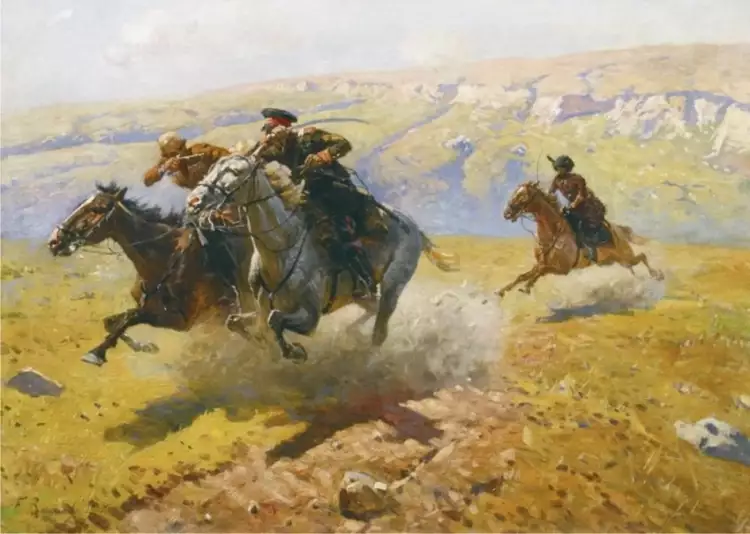 Battle genre. Franz Roubaud. Who Whom, 1905
Battle genre. Franz Roubaud. Who Whom, 1905
The battle genre: features and key themes
The battle genre is sometimes considered a subset of historical art, as artists draw inspiration from real events. Often, well-known figures appear in paintings: monarchs, commanders, heroes. However, it is more accurate to speak of a genre intersection, as military themes extend beyond battles that occurred in reality. Sometimes battle artists turn to mythology and folklore. Masterpieces dedicated to the everyday life of soldiers are close to the genre of everyday life.
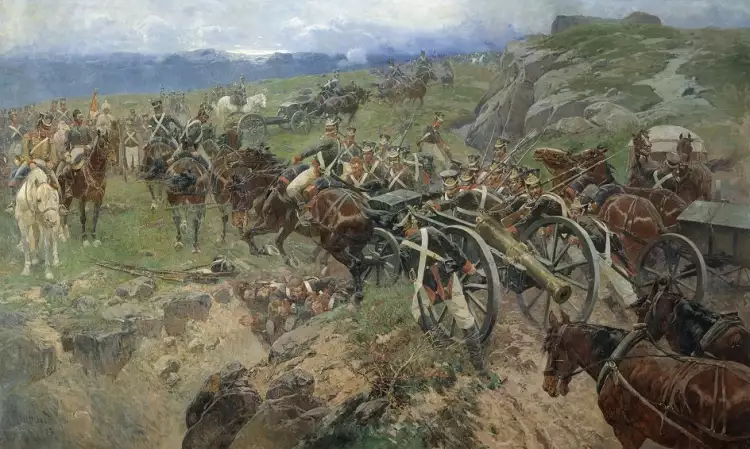 Battle genre. Franz Roubaud. Living Bridge, 1897
Battle genre. Franz Roubaud. Living Bridge, 1897
Battle-historical themes have traditionally been considered elevated, providing stability in government orders for battle artists. Such works are characterized by:
- Heroic pathos.
- Celebration of victories.
- Appeal to ideals of patriotism and self-sacrifice.
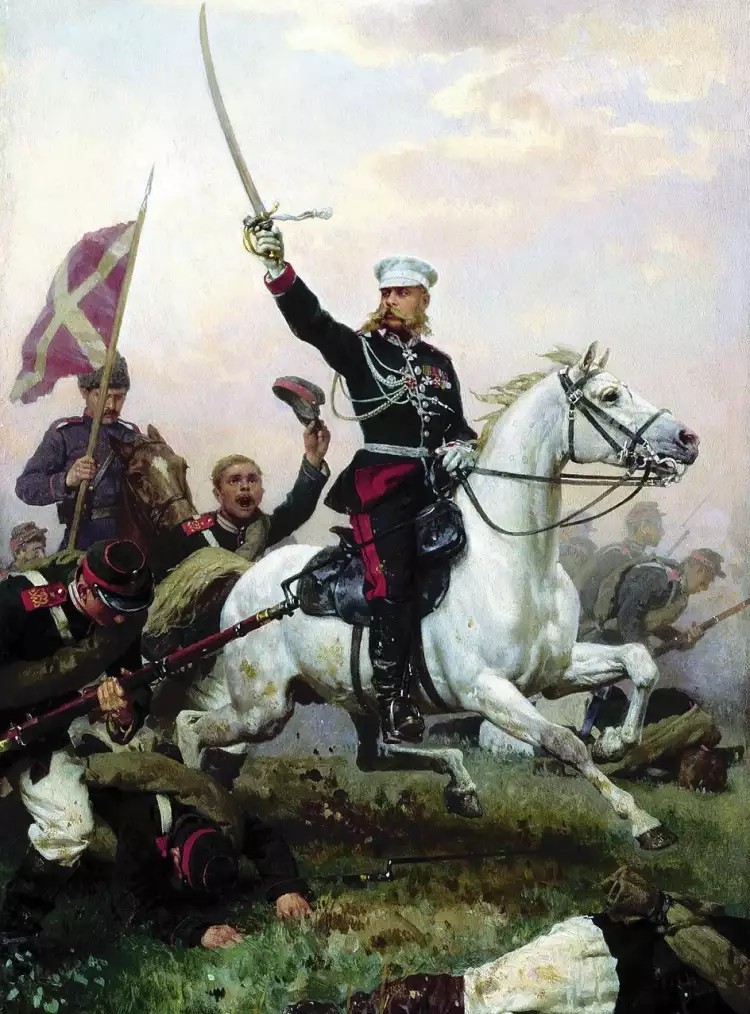 Battle genre. Nikolai Dmitriev-Orenburgsky. General Mikhail Skobelev on horseback, 1883
Battle genre. Nikolai Dmitriev-Orenburgsky. General Mikhail Skobelev on horseback, 1883
Typically, battle-historical paintings support the authority of the ruling power, the head of the state, or a dynasty. With the growth of national consciousness, patriotic ideas strengthen.
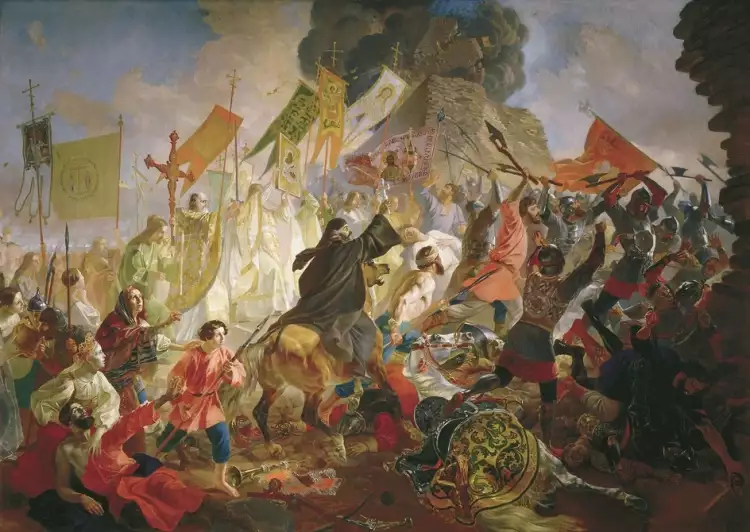 Battle genre. Karl Bryullov. Siege of Pskov by the Polish king Stefan Batory in 1581, 1839-1843
Battle genre. Karl Bryullov. Siege of Pskov by the Polish king Stefan Batory in 1581, 1839-1843
There are also works that reflect the tragedy of wars and their destructive nature. Artists like Francisco Goya, Vasily Vereshchagin (Russian: Василий Верещагин), and Pablo Picasso have become renowned for such pieces.
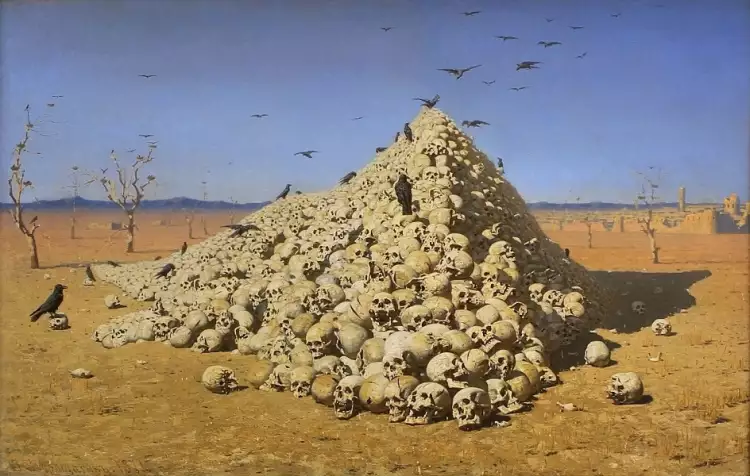 Battle genre. Vasily Vereshchagin. The Apotheosis of War, 1871
Battle genre. Vasily Vereshchagin. The Apotheosis of War, 1871
Battle artists also address the theme of conquests, the fall of cities, and empires. These scenes are filled with pain, despair, and horror.
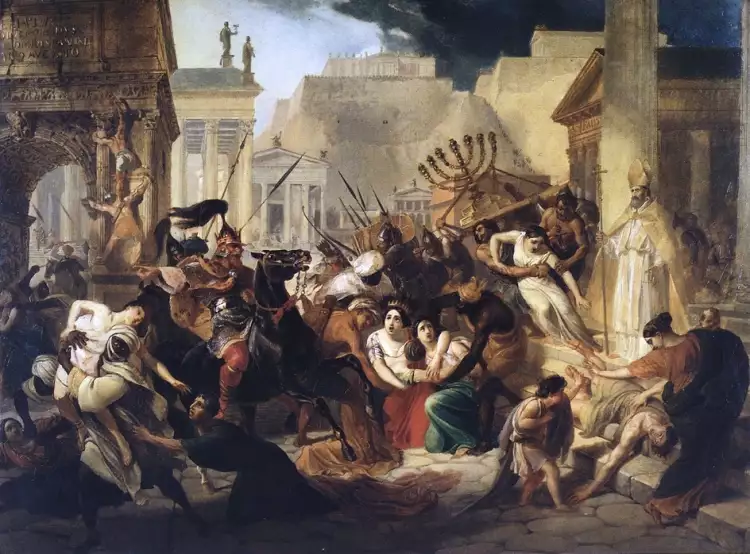 Battle genre. Karl Bryullov. Genseric sacking Rome, 1833-1836
Battle genre. Karl Bryullov. Genseric sacking Rome, 1833-1836
In general, the characteristics of battle art include:
- Scale and epicness (artists tend to paint battle panoramas, although sometimes they create intimate paintings depicting a tense segment of the battle).
- Detail, realism, historical accuracy (many paintings allow studying the history of uniforms, techniques, weapons, and images of heroes and commanders often have a portrait-like character).
- Dynamic and tense composition.
- Dramatism and high emotional intensity.
- Deep conceptual content.
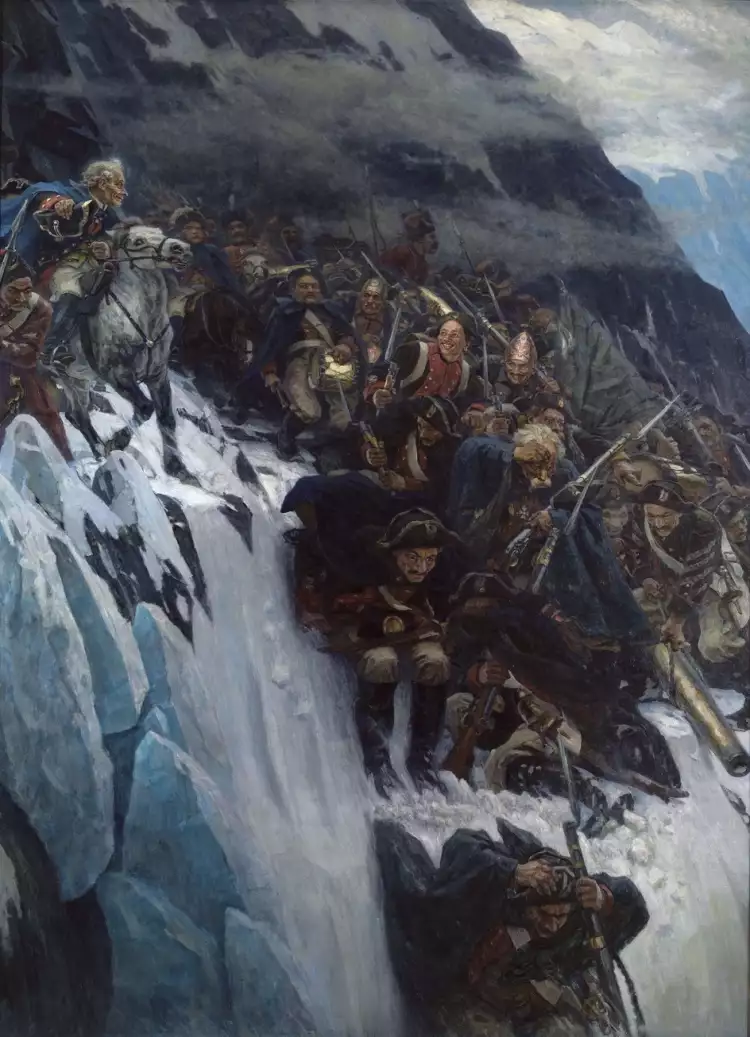 Battle genre. Vasily Surikov. Suvorov Crossing the Alps, 1899
Battle genre. Vasily Surikov. Suvorov Crossing the Alps, 1899
When the battle genre converges with everyday life, the canvas presents the routine of military life. We see barracks, bivouacs, camps. Battle-life scenes are often not panoramic but intimate, allowing the painter to focus on the individual and their fate.
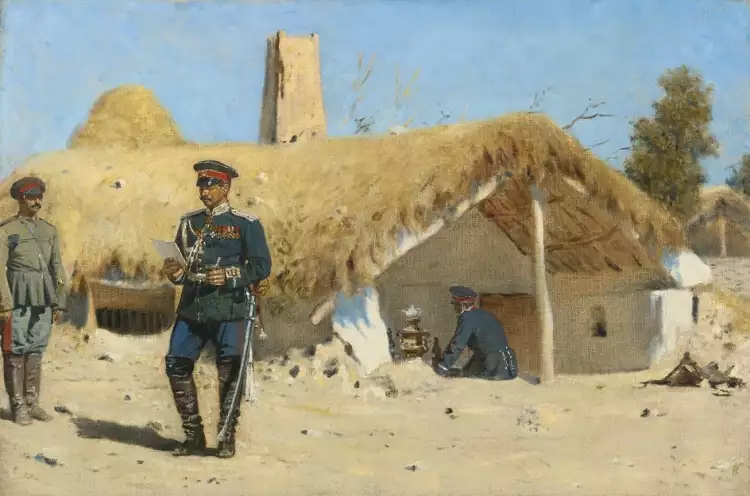 Battle genre. Vasily Vereshchagin. The Adjutant, 1878-1887
Battle genre. Vasily Vereshchagin. The Adjutant, 1878-1887
Sometimes the mood of battle-life scenes is peaceful, but often the artist adds tragedy to emphasize the hardships of soldierly life. However, humoristic notes are also often present in such works.
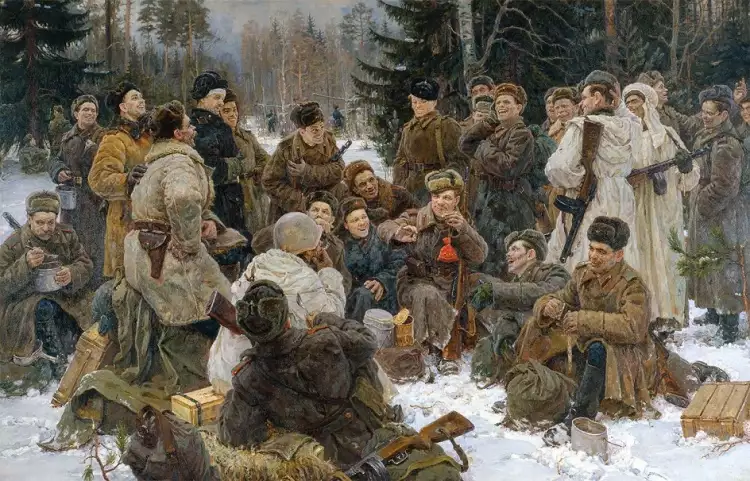 Battle genre. Yuri Neprintsev. The Rest After Battle, 1951
Battle genre. Yuri Neprintsev. The Rest After Battle, 1951
History of the battle genre
Battles, city sieges, and triumphal processions of victors were among the main themes of Ancient World art. They can be found in ancient Egyptian paintings, ancient Greek vases, and classical frescoes. Some images were mythological, while others were historical.
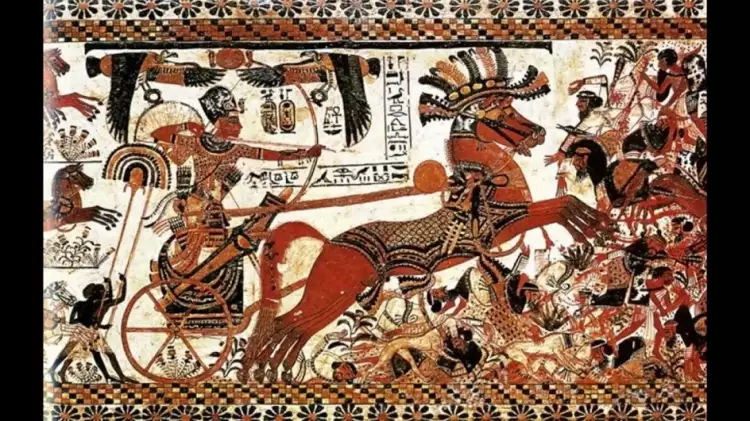 Battle genre. Battle with the Asians (painting on a chest from Tutankhamun's tomb)
Battle genre. Battle with the Asians (painting on a chest from Tutankhamun's tomb)
In the Middle Ages, heroic themes also played a significant role in art. Miniatures depicted knightly battles, crusades, sieges of castles, and even specific events, such as the fall of Constantinople.
Classical battle painting began to take shape during the Renaissance. Masters increased the realism of presentation, studied the laws of perspective, and carefully worked on compositions of mass scenes.
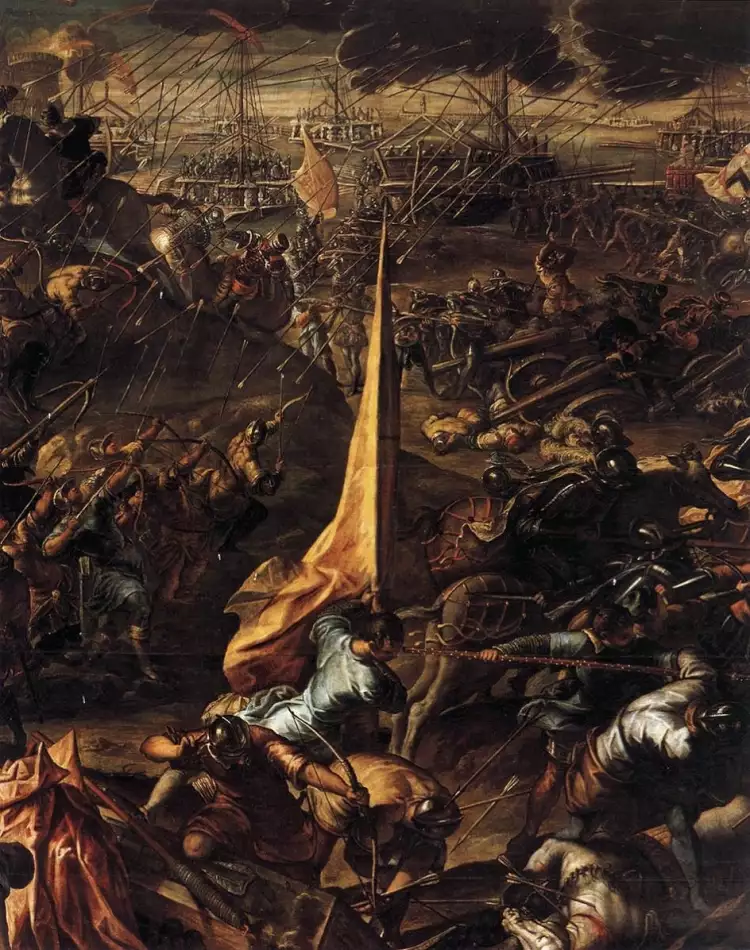 Battle genre. Tintoretto. The Battle of Zara, 1585
Battle genre. Tintoretto. The Battle of Zara, 1585
The Baroque period added expressiveness and dynamism.
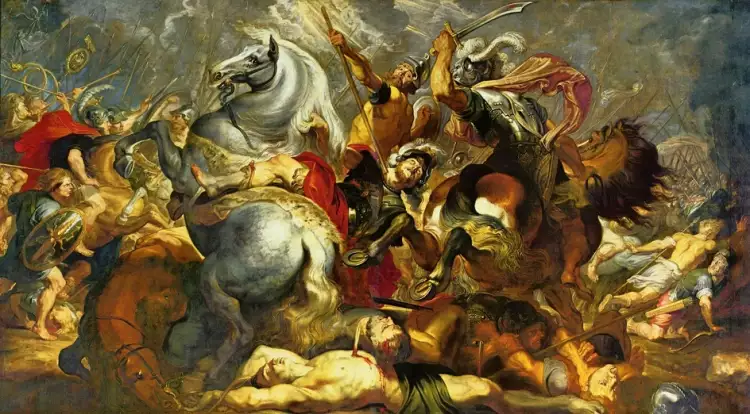 Battle genre. Pieter Paul Rubens. The victory and death in battle of the consul Decius Musa, 1617
Battle genre. Pieter Paul Rubens. The victory and death in battle of the consul Decius Musa, 1617
The art of classicism played a significant role in the development of the battle-historical genre. Classicist masters filled their paintings with ideological pathos, heroism, and educational elements.
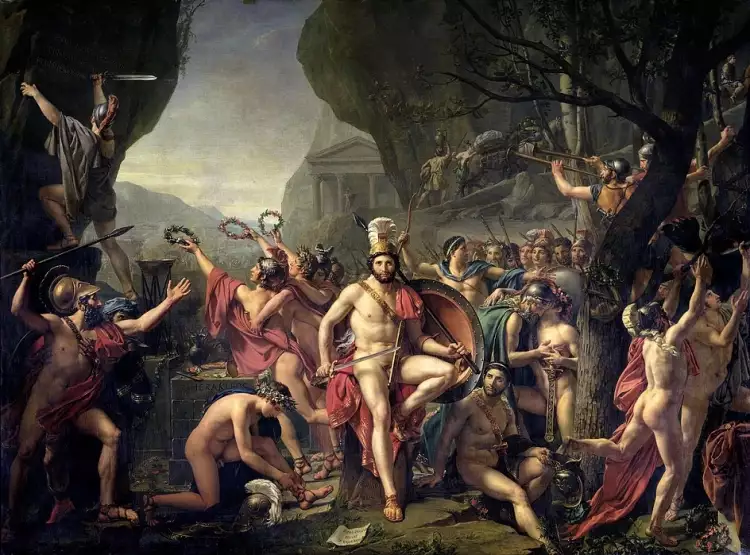 Battle genre. Jacques-Louis David. Leonidas at Thermopylae, 1814
Battle genre. Jacques-Louis David. Leonidas at Thermopylae, 1814
In Russia, this direction began to actively develop thanks to the victories of Peter the Great. Simultaneously, there was a Europeanization of domestic art, and Russian painting, including its battle-historical direction, became a part of European art.
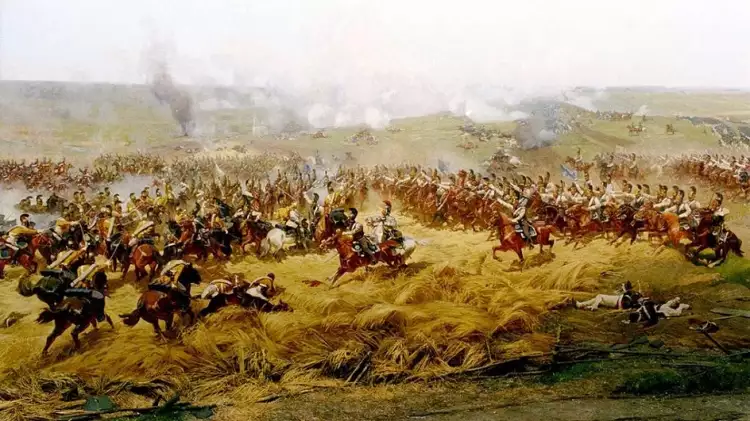 Battle genre. Franz Roubaud. Battle of Borodino, 1912
Battle genre. Franz Roubaud. Battle of Borodino, 1912
In the 18th-19th centuries, the realism of battle scenes intensified. Several vectors of further genre development emerged:
- Academic, characterized by an official presentation corresponding to the position of authority.
- Romantic, with high emotional intensity, addressing sharp and dramatic moments, and addressing shocking contemporary themes (for example, the tragedies of conquered peoples and the struggle for liberation).
- Realistic, with a growing emphasis on the tragic side of war, barracks life, and soldiers' destinies.
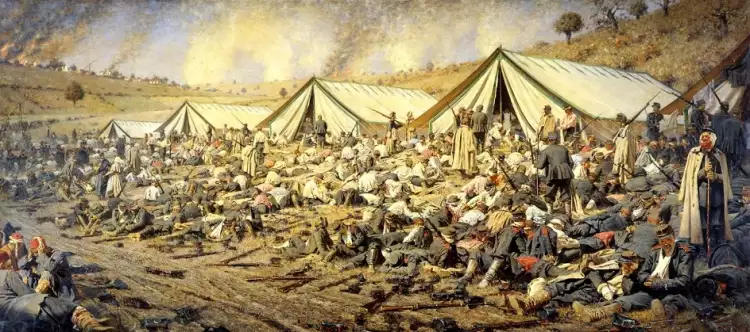 Battle genre. Vasily Vereshchagin. After the attack. Pleven, 1881
Battle genre. Vasily Vereshchagin. After the attack. Pleven, 1881
In the 20th century, the considered theme sharply divided into militaristic and anti-war directions. Totalitarian art in Europe and Asia supported the militaristic line.
The symbol of the anti-war direction became Pablo Picasso's "Guernica."
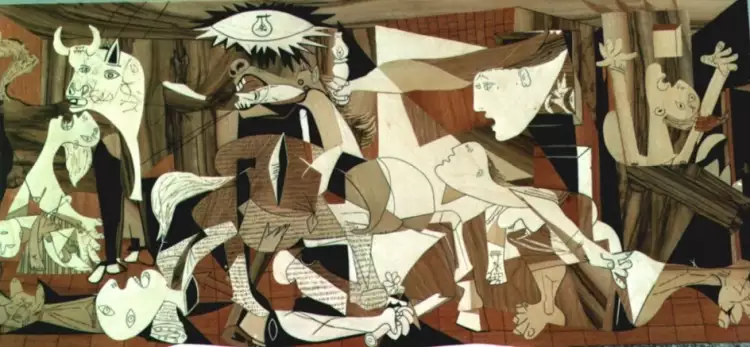 Battle genre. Pablo Picasso. Guernica, 1937
Battle genre. Pablo Picasso. Guernica, 1937
The battle-historical painting gained great momentum in the Soviet Union. Firstly, Soviet painters created thousands of works dedicated to the revolution and the civil war. These paintings were created within the framework of the dominant ideology of the victorious revolutionaries.
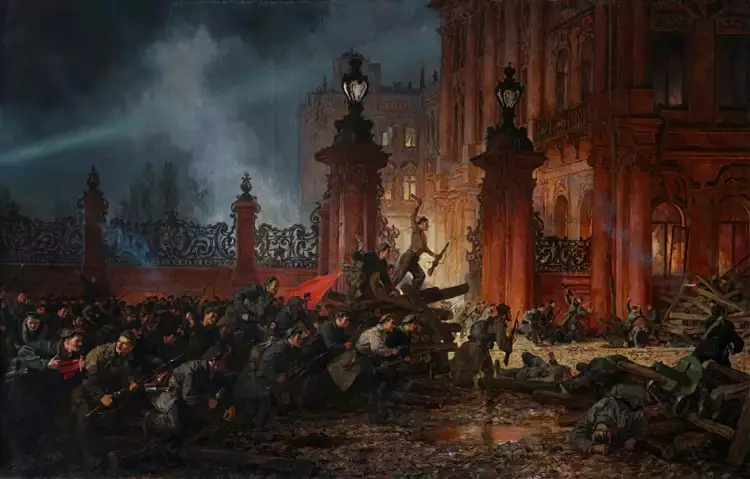 Battle genre. Nikolai Kochergin. Assault on the Winter Palace, 1950
Battle genre. Nikolai Kochergin. Assault on the Winter Palace, 1950
Another important theme in Soviet art was the liberation war against fascism. The theme was revealed in two directions: heroic-patriotic and tragic, exposing the atrocities of the invaders and the tragedy of the people.
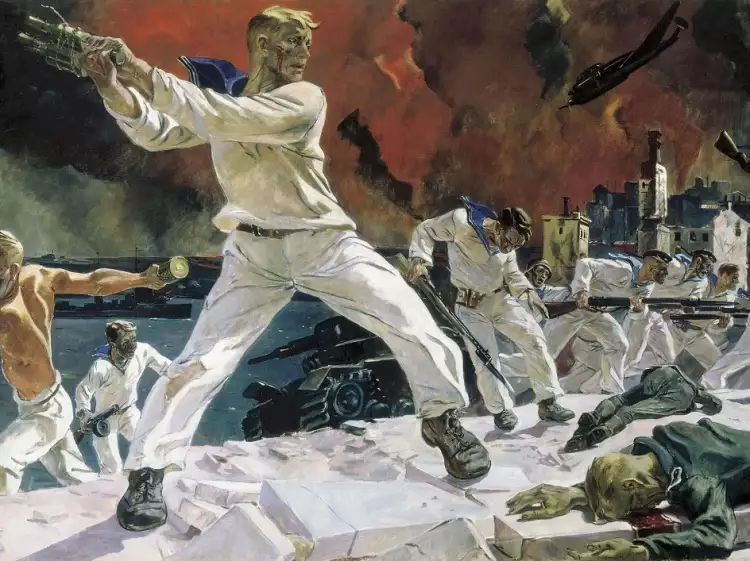 Battle genre. Aleksandr Deyneka. The Defense of Sevastopol, 1942
Battle genre. Aleksandr Deyneka. The Defense of Sevastopol, 1942
Famous Battle Painters
Remarkable battle works can be found among many great masters:
- Leonardo da Vinci.
- Michelangelo.
- Titian.
- Tintoretto.
- Pieter Paul Rubens.
- Diego Rodríguez de Silva y Velázquez.
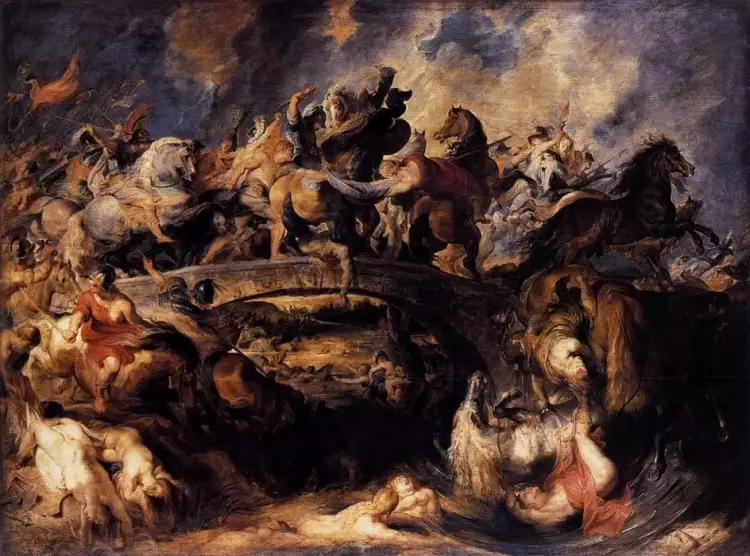 Battle genre. Pieter Paul Rubens. The Battle of the Amazons, 1615
Battle genre. Pieter Paul Rubens. The Battle of the Amazons, 1615
From the 17th century, artists specializing in military themes appeared - professional battle painters such as Adam Frans van der Meulen or Philips Wouwerman.
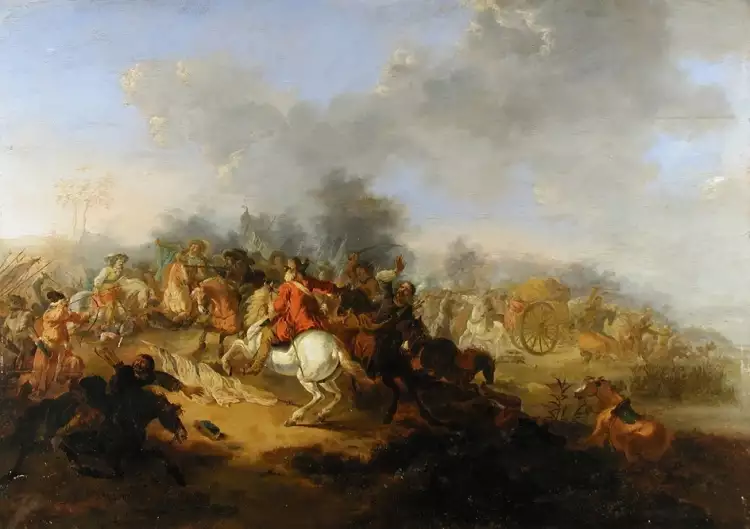 Battle genre. Adam Frans van der Meulen. Cavalry battle in the Turkish War
Battle genre. Adam Frans van der Meulen. Cavalry battle in the Turkish War
Russian and Soviet battle painting produced many well-known names, including:
- Vasily Vasilyevich Vereshchagin, a prominent master-battle painter, the creator of one of the planet's main anti-war works - "The Apotheosis of War."
- Nikolay Nikolaevich Karazin (Russian: Николай Николаевич Каразин), a Russian war correspondent who captured moments of battles he witnessed in his works.
- Franz Roubaud (Russian: Франц Алексеевич Рубо), the creator of large, epic, and dynamic canvases, including those dedicated to iconic events such as the defense of Sevastopol or Borodino.
- Rudolf Rudolfovich Frentz (Russian: Рудольф Рудольфович Френц), the author of epic dioramas and panoramas, with works like "The Storming of the Winter Palace" and "Stalingrad. February 2, 1943."
- Mikhail Ivanovich Avilov (Russian: Михаил Иванович Авилов), another well-known Soviet battle painter who could express the patriotic strength of the people's spirit in a single episode.
- Mitrofan Borisovich Grekov (Russian: Митрофан Борисович Греков), a participant in battles during the First World War and the Russian Civil War, a prominent representative of Russian painting, and the author of the famous "Tachanka."
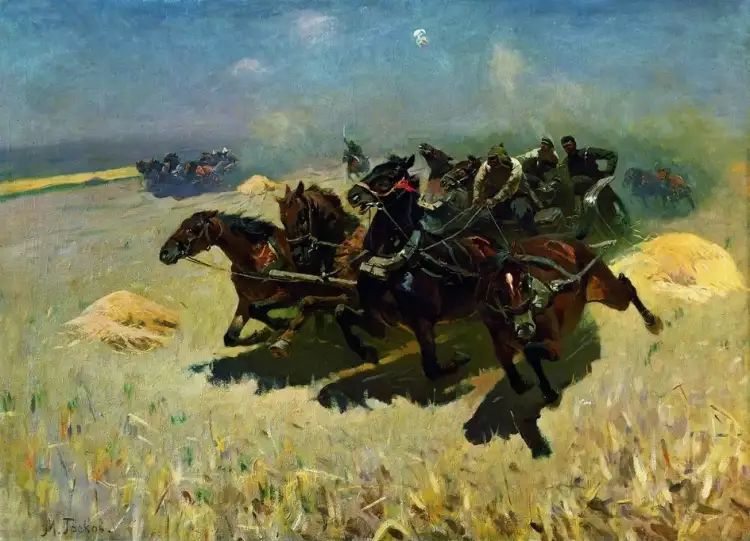 Battle genre. Mitrofan Grekov. Tachanka, 1925
Battle genre. Mitrofan Grekov. Tachanka, 1925
The paintings of battle painters are part of major museum and private collections. Such works can be found at auctions on the Very Important Lot website, where collectors from dozens of countries participate. And the works of contemporary artists can be purchased directly by contacting the interested master.
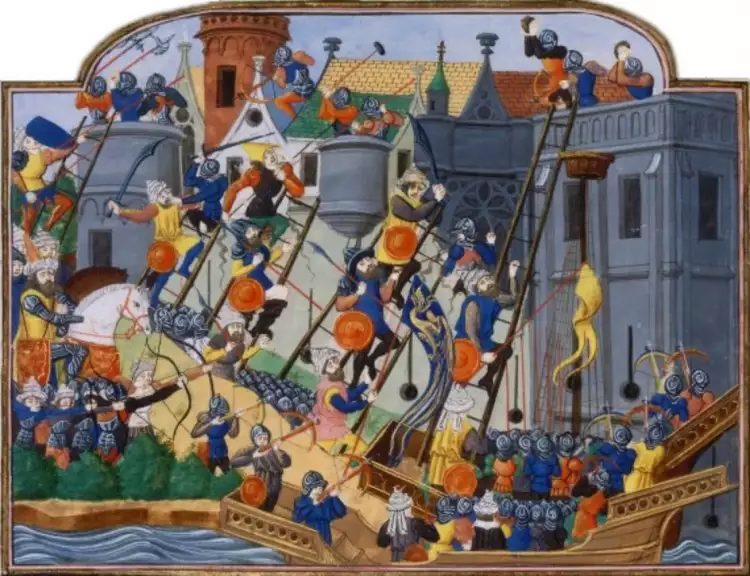
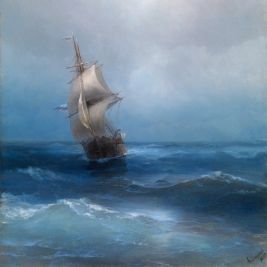 Ecole de Paris and other masters online auction on drouot.com, until 5 dec 2023
Ecole de Paris and other masters online auction on drouot.com, until 5 dec 2023  Empire: Expensive, Luxuriously, Militantly
Empire: Expensive, Luxuriously, Militantly 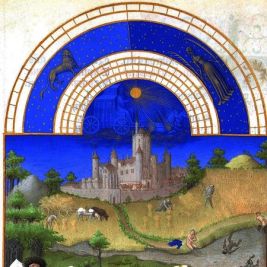 Gothic - the mystical art of the Middle Ages
Gothic - the mystical art of the Middle Ages 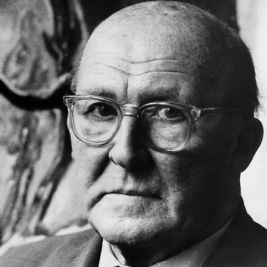 An entangled world Willi Geiger
An entangled world Willi Geiger  Auction: essence, types, history, the most famous art auctions
Auction: essence, types, history, the most famous art auctions 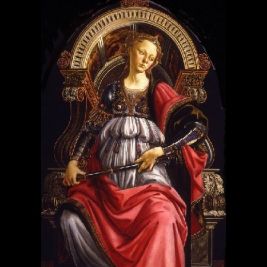 Allegory: Essence, Distinctive Features, History in Art
Allegory: Essence, Distinctive Features, History in Art  The religious genre is profoundly spiritual and sincere art
The religious genre is profoundly spiritual and sincere art 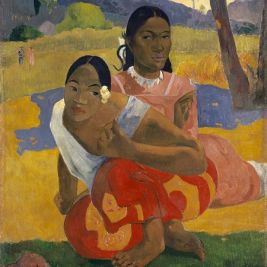 The painting "When Will You Marry?" by Paul Gauguin - bright colors of an exotic country
The painting "When Will You Marry?" by Paul Gauguin - bright colors of an exotic country 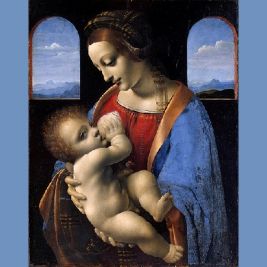 Renaissance is an era of great names
Renaissance is an era of great names  Claude Monet: biography, artwork, best paintings of the French Impressionist artist
Claude Monet: biography, artwork, best paintings of the French Impressionist artist